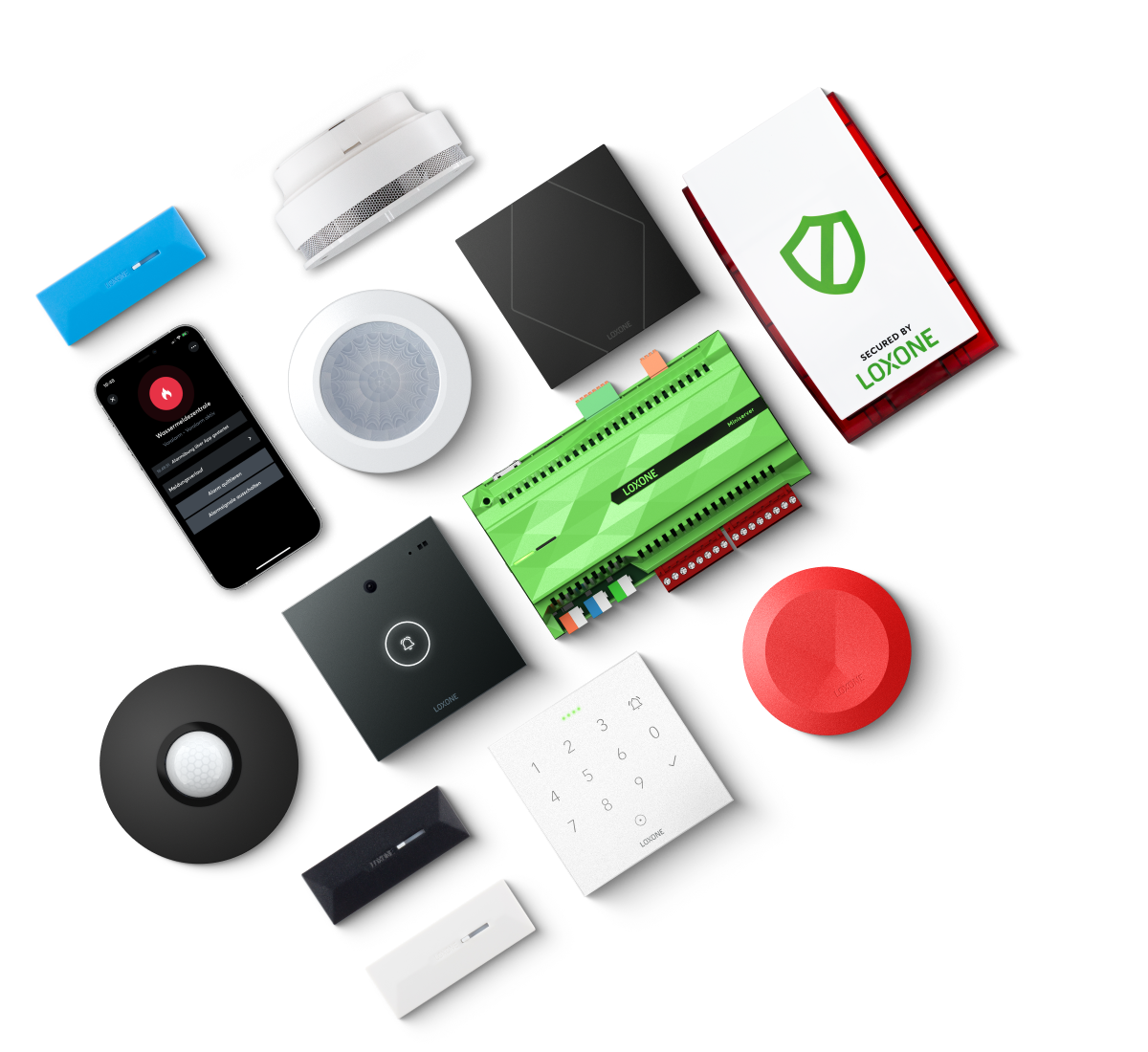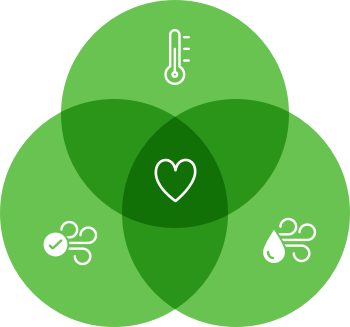Κάνοντας μια έξυπνη επένδυση
Κάνοντας μια έξυπνη επένδυση
You want to make your home "smart" and are considering whether it's a worthwhile investment of your money? If so, there are a few key points to consider.
What do I want home automation to do for me? How can it help my daily life?
Before you settle on a solution, you need to really decide what you want from your home automation system. Do you want to increase security? Make your home more energy efficient? How about saving time by taking on daily tasks for you or helping an elderly relative live independently?
Before you start looking at products or solutions, note the reasons why you're considering home automation and start there.
What are the options?
Not all smart home systems are alike, so it's worth doing your research before committing. Traditionally, "home automation" systems have included professionally installed systems and high-tech home cinema, while "smart home" products tend to be standalone items you'd buy off the shelf at an electrical goods store. However, there are now options for achieving the power and reliability of a high-tech system without the high price tag.
The key to choosing a system that best fits your budget is to consider the features you'll get for your money. If you just want the lights to turn on and off when you enter and exit a room, you'll probably find that a cheap wifi product off a hardware store shelf does the job just fine.
However, there are pitfalls in choosing the cheapest solution, which we'll look at in a moment.

What will happen in 5 years?
If you're going to spend money on home automation, it's important to think about the value you'll get from it in the long run.
Remember that many "gadget" type products will likely be replaced or updated with newer versions every two to three years.
This could cause compatibility issues if you plan to add products to the system in the future or if you use products from several different manufacturers.
Save yourself!
- Will this solution still work in 5 years?
- Can I expand this system in the future?
- How can I get more from less?
You may be tempted to go the route of choosing the cheapest sensors to keep the budget low. Three cheap motion sensors from, say, some random internet manufacturer are surely less value than a branded one? Not always . There are several reasons for this.
First, you may find that you don't even need three motion sensors. With a system like Loxone, you can use the same motion sensor in every room for security, lighting, sound, shading and even heating.
The second is that you may find it more difficult (and therefore, more expensive) to try to integrate third-party sensors into a system designed for use only with its own products.
If you buy same-brand products, you can be sure they will be compatible and the update process will likely be much simpler.
Another reason is build quality, such as some motion sensors, especially those made more cheaply, have audible "clicks" when activated, which are annoying when the room is quiet.
There are additional benefits ;
You can't put a price on happiness, they say. What you can do, however, is invest in a system that will help make life at home a little easier.

Have a good sleep!
Even if you've made a little "deal" with a dreamy mattress, sleepless nights are inevitable. Whether it's because you're a light sleeper by nature, at the mercy of a restless partner, or because you're getting up to see the baby, there's nothing more disturbing than the high intensity of light on a winter night.
That's where a feature like "Night Mode " really comes in like a god machine. If you get out of bed during the night, the lights will come on at a lower brightness to guide your path without blinding you. Once you return to bed, they automatically turn off without you having to flip a single switch.
If you have younger children who need to sleep during the day, a smart home automation system can be your best friend. If your child usually sleeps between 2pm and 5pm for example, the usual "Dean-Don" of the doorbell can be replaced by flashing lights in the kitchen or living room. That way you'll know someone is at the door while your little one remains content in Morpheus' arms.

Peace of mind!
Peace of mind is something you really can't buy, however, with a smart security system , you can "calm" a few of your worries. Whether it makes your home look lived in while you're on holiday, or you can simply double-check that all the windows are closed via the app, you'll be able to have a better overview of what's going on in the house, with the added reassurance that you'll be alerted immediately at the first sign of trouble.
Loxone doesn't just offer burglary protection - it's also a vigilant guard to protect against hazards such as gas, water, frost and fire leaks, as well as protecting data privacy.
Choose features, not products!
The real value of a smart home lies not in its products, but in the features those products can offer. That's why, if you want to design and install your system, it's important to agree with your installer which features you can expect from your new smart home, not just which products.
When it comes to determining whether the system is worth the money - remember that your smart home should offer you security, peace of mind, freedom and above all save you time and money.
It's important to not only consider the products and how much they cost, but also to understand the intangible value you will receive from a system.
How can I avoid buying products I don't need?
One of the easiest ways to avoid this is with proper planning. An experienced installer will be able to understand your needs and desires and advise you on the best products to use to achieve your vision.
For example, if you were planning to have a Loxone system with one motion sensor for your lighting and another for your alarm, you really only need one, as the same motion sensor can be configured to take care of many different functions.
Similarly with a smart heating system - if you've provided for temperature sensors in each room and a separate light switch, it's best to opt for a Loxone Touch, which can be used to control lighting, blinds and music and with its built-in temperature and humidity sensor can talk to your heating system.

Copyright © KtirioService 2006-2025. All Right Reserved.
Designed & developed by webgift.



